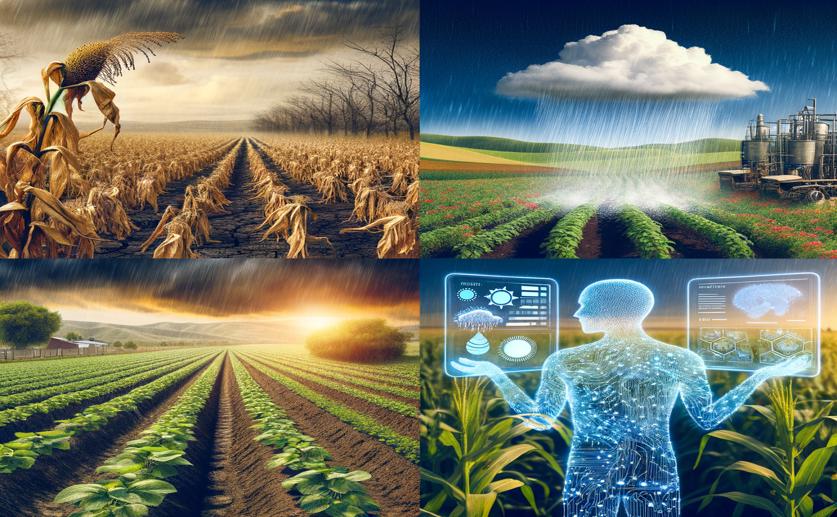
How Rain Extremes Affect Crop Production and Predicting Future Trends with AI
Jim Crocker
4th September, 2024

Image Source: Natural Science News, 2024
Key Findings
- The study focused on Punjab, Pakistan, and analyzed data from 1980 to 2014 to explore the relationship between precipitation extremes and crop production
- Strong correlations were found between precipitation extremes and the yields of key crops like wheat, rice, garlic, dates, moong, and masoor
- Future projections indicate an increase in consecutive wet days and a decrease in consecutive dry days, suggesting potential risks of flash floods and agricultural damage
AgricultureEnvironmentSustainability
References
Main Study
1) Association of precipitation extremes and crops production and projecting future extremes using machine learning approaches with CMIP6 data.
Published 2nd September, 2024
https://doi.org/10.1007/s11356-024-34652-5
Related Studies
2) Historical warnings of future food insecurity with unprecedented seasonal heat.
3) Impact of extreme weather conditions on European crop production in 2018.
4) A scoping review of adoption of climate-resilient crops by small-scale producers in low- and middle-income countries.



 19th July, 2024 | Jenn Hoskins
19th July, 2024 | Jenn Hoskins